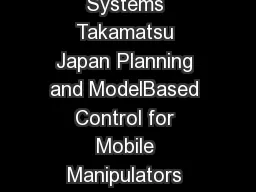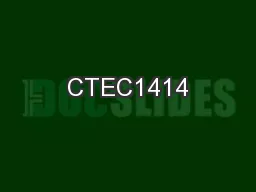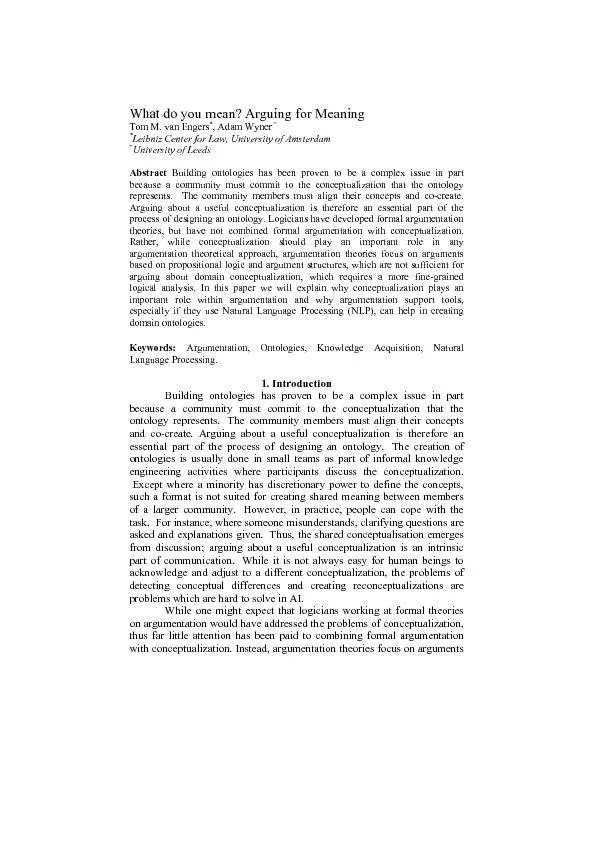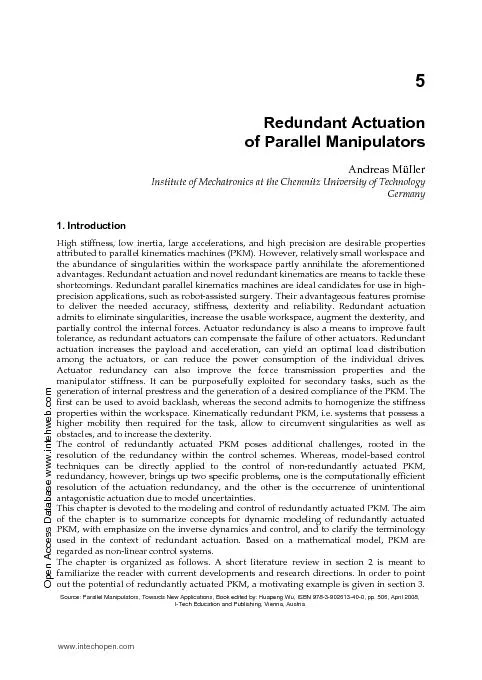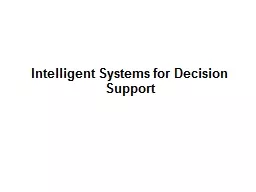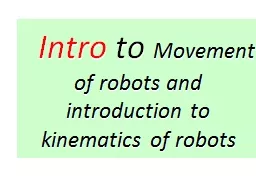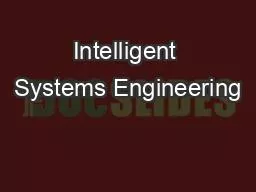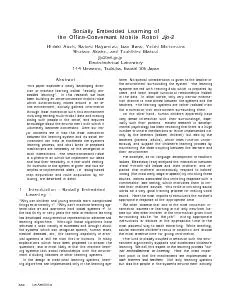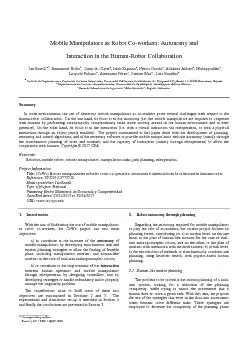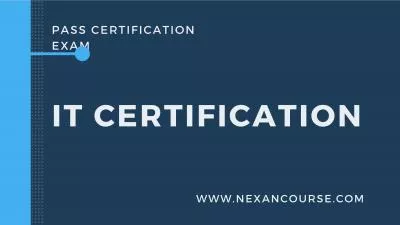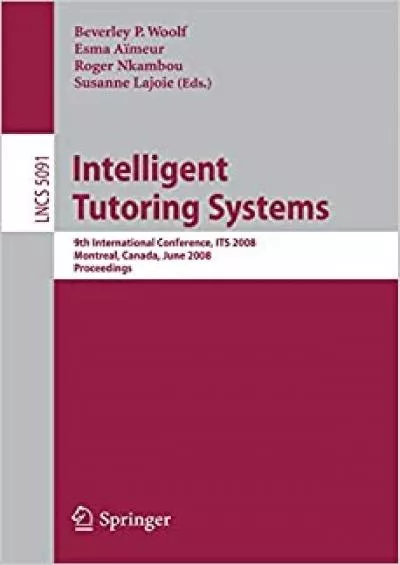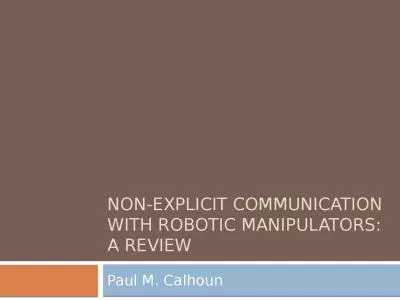PDF-Proceedings IROS Conference on Intelligent Robots and Systems Takamatsu Japan Planning
Author : phoebe-click | Published Date : 2014-12-12
This paper presents a planning and control methodology for such systems allowing them to follow simultaneously desired endeffector and platform trajectories without
Presentation Embed Code
Download Presentation
Download Presentation The PPT/PDF document "Proceedings IROS Conference on Intellig..." is the property of its rightful owner. Permission is granted to download and print the materials on this website for personal, non-commercial use only, and to display it on your personal computer provided you do not modify the materials and that you retain all copyright notices contained in the materials. By downloading content from our website, you accept the terms of this agreement.
Proceedings IROS Conference on Intelligent Robots and Systems Takamatsu Japan Planning: Transcript
Download Rules Of Document
"Proceedings IROS Conference on Intelligent Robots and Systems Takamatsu Japan Planning"The content belongs to its owner. You may download and print it for personal use, without modification, and keep all copyright notices. By downloading, you agree to these terms.
Related Documents

